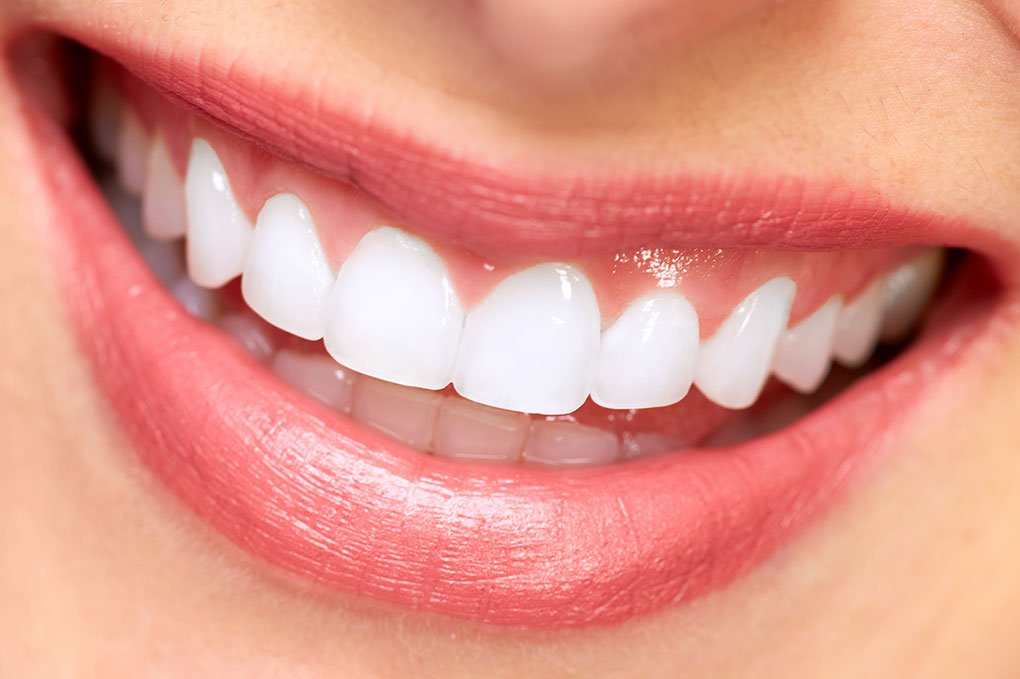Porcelain veneers are laboratory made thin, porcelain shells. Another name for them are ceramic veneers. These veneers can be used to cover unsightly looking teeth and is an alternative to resin bonding. They are durable, hard wearing and are more resistant to staining than resin bonding.
WHAT IS THE DIFFERENCE WITH RESIN BONDING?
The teeth are usually cut back for porcelain veneers, and the veneer is made over a mould of the teeth as they need to fit precisely over the tooth.
Whereas with resin, there is little or no cutting. If your teeth stain readily then porcelain may be a better option. As porcelain veneers are hand made by a lab technician, they are more expensive to produce.
The final outcome of porcelain veneers will be dependent on the skill of the lab technician, whereas resin will look better if the Dentist is experienced.
WHAT HAPPENS AT THE TREATMENT VISIT?
The teeth are numbed up as there is some cutting to perform. The cutting should best be kept within the enamel thickness but occasionally more tooth may be required to be cut, especially in situations where the tooth is leaning forward and needs to be brought back into the teeth arch.
Once the teeth are prepared, a mould is taken over the cut teeth. This mould is sent to the laboratory for the manufacture of the porcelain veneers.
Dr. Wong does not send the mould overseas for the veneers to be made but has the lab work performed by Top local Dental Ceramists who have a good understanding of his requirements.
Once the mould has been taken, the patient does not leave with unsightly cut teeth. Rather temporary veneers are fitted over the existing tooth preparations.
The real veneers then arrive back at the clinic two weeks later for them to be bonded to the tooth structure. The patient can immediately eat or drink once the veneers are in place.
If you feel unhappy about the appearance of the porcelain veneers, then they are not permanently fixed to the tooth. The job is sent back to the lab for corrections.
Again it is recommended to return annually for the veneers to be checked.
MAINTENANCE
Normal routine oral hygiene procedures such as tooth brushing, flossing is advised to keep the veneers looking optimum.

